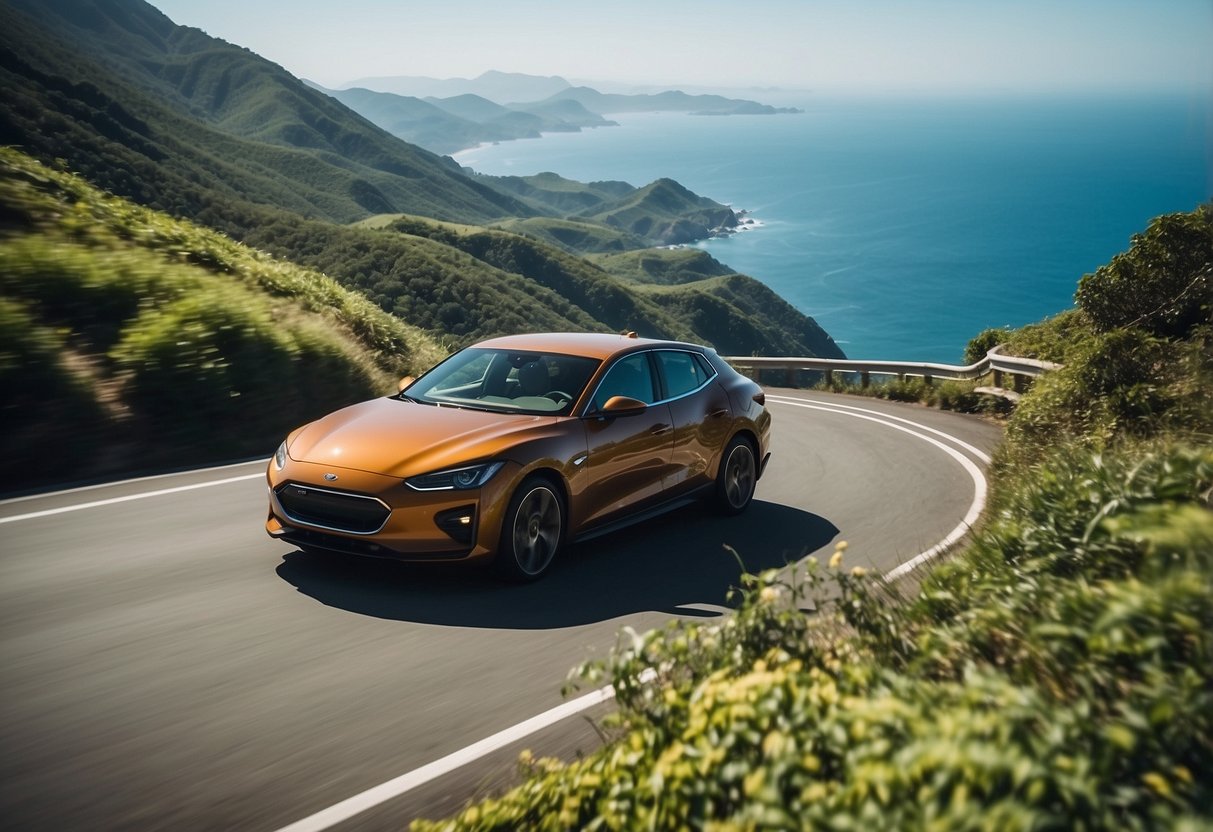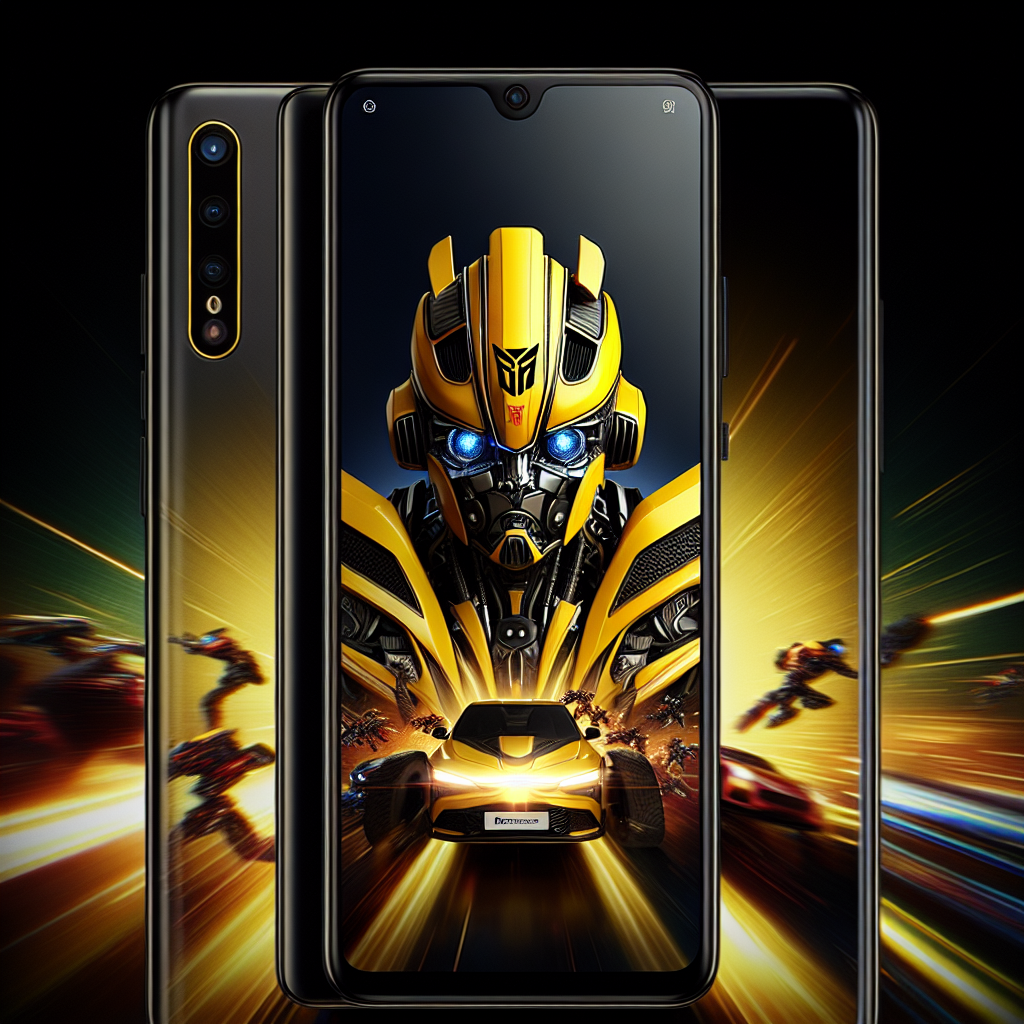Vehicle-to-Grid (V2G) Charging Explained: A Comprehensive Guide to the Future of Energy Management
As the world shifts towards renewable energy and sustainable practices, the concept of Vehicle-to-Grid (V2G) charging has emerged as a pivotal technology. This article delves into V2G charging, explaining its mechanisms, benefits, and its potential to revolutionize energy distribution and electric vehicle usage.

What is Vehicle-to-Grid (V2G) Charging?
Vehicle-to-Grid (V2G) charging is an innovative technology that allows electric vehicles (EVs) to not only draw energy from the grid but also to return energy back to the grid. This bidirectional flow of energy enables EVs to play a crucial role in energy storage solutions, providing backup power and supporting grid stability.
How Does V2G Charging Work?
V2G technology relies on smart grids and advanced communication systems. When an EV is plugged into a V2G-enabled charging station, the car's battery can either be charged or discharged based on the energy demand of the grid. Here’s how it works:
- Smart Charging Stations: These stations are equipped with the technology to communicate with both the EV and the grid, determining when to charge the vehicle and when to release energy back.
- Energy Management Systems: These systems monitor overall energy supply and demand, allowing EVs to discharge energy during peak demand times for the grid, which can help to stabilize electricity prices.
- Bidirectional Inverters: This piece of equipment allows the flow of electricity in both directions, enabling energy to be sent back to the grid from the vehicle's battery.
What Are the Benefits of V2G Charging?
V2G has numerous advantages, not only for EV owners but also for utility companies and the environment. Here are some key benefits:
- Energy Cost Savings: EV owners can monetize the energy stored in their vehicle batteries by selling it back to the grid during peak demand, effectively reducing their energy costs.
- Enhanced Grid Stability: By providing additional energy resources, V2G helps balance supply and demand, reducing the need for fossil fuel power plants to kick in during high-demand periods.
- Environmental Impact: V2G contributes to the increased use of renewable energy sources, as EVs can store surplus renewable energy generated during off-peak times, such as overnight when solar production is limited.
- Backup Power Supply: In the event of a grid outage, EVs can serve as emergency power sources for homes, providing critical support during blackouts.
Challenges Facing V2G Technology
Despite its significant potential, several challenges must be addressed before V2G can be fully adopted:
- Battery Degradation: Frequent charging and discharging can impact battery life, raising concerns about the durability and long-term performance of EV batteries used for V2G.
- Regulatory Hurdles: V2G technology is still evolving, and regulatory frameworks need to be established to facilitate its implementation and operation.
- Infrastructure Requirements: Significant investment in smart charging infrastructure and grid upgrades is required to support widespread V2G adoption.
- Consumer Awareness and Acceptance: Educating consumers about V2G technology and its benefits is crucial for market penetration. Concerns over battery wear and return on investment must be addressed.
V2G Charging and Renewable Energy
V2G charging is highly synergistic with renewable energy systems. Here’s how:
- Storing Excess Energy: Wind and solar energy generation can be intermittent. V2G charging allows EVs to act as mobile energy storage units, capturing excess energy when available and returning it to the grid during times of high demand.
- Reducing Carbon Footprint: By enhancing the reliability of renewable energy sources, V2G can decrease reliance on fossil fuels and reduce overall greenhouse gas emissions.
- Peak Shaving: During peak demand periods, V2G can help flatten the demand curve, allowing utilities to utilize more renewable energy without needing to bring additional fossil-fuel-based power plants online.
The Future of V2G Charging
The future of Vehicle-to-Grid technology looks promising, especially with ongoing advancements in EV batteries and smart grid technologies. Various pilot programs and trials have demonstrated the feasibility and advantages of V2G:
- Partnerships with Utilities: As utility companies explore demand-response programs, partnerships with EV manufacturers and charging station providers will be essential for realizing V2G benefits.
- Policy Support: Government incentives and regulatory frameworks that encourage V2G infrastructure investment will be vital for V2G's growth.
- Public Awareness Initiatives: Outreach programs to educate consumers about the advantages of V2G can help increase adoption rates.
Conclusion
Vehicle-to-Grid (V2G) charging is not merely a technological curiosity; it represents a significant evolution in energy management and electric vehicle usage. By allowing EVs to serve as energy assets for the grid, V2G has the potential to enhance grid stability, reduce energy costs, and support the transition to renewable energy. As we look to the future, addressing current challenges and facilitating supportive infrastructure will be crucial for realizing the full benefits of V2G technology.
New posts

Maximizing Your Savings: A Complete Guide to Rebates for Home EV Chargers
Home Improvement

How Often Do You Have to Charge an Electric Car? A Comprehensive Guide
Sustainability

How Cities Are Adapting to Electric Vehicle Charging: Innovations and Strategies
Sustainability

The Role of EV Charging in Urban Planning: A Sustainable Future
Sustainability

The Future of EV Charging Stations and Smart Grid Integration: Transforming Energy Management
Sustainability

Comparing Wired and Wireless EV Charging Systems: A Comprehensive Analysis
Automotive

Challenges in Urban EV Charging Infrastructure: A Deep Dive
Smart Cities

The Impact of EV Charging on Local Power Grids: Understanding the Challenges and Opportunities
Electric Vehicles

EV Charging in the Smart City Era: Revolutionizing Urban Mobility
Sustainability

How EV Charging Supports Renewable Energy Integration
Electric Vehicles
Popular posts

Insights from the Frontline: Interviews with EV Charging Industry Experts
Interviews

Exploring the Latest EV Charging Station Design Trends
Technology Trends

The Future is Bright: EV Charging and Home Solar Panel Integration Explained
Home Improvement

EV Charging Innovations from Around the World: Transforming the Future of Electric Mobility
Innovation

Emerging Trends in Electric Vehicle Charging Standards: What to Watch for in 2024
Sustainability

Understanding the Difference Between AC and DC Chargers: Key Insights
Energy Efficiency

Global EV Charging Infrastructure Developments: A Comprehensive Overview
Sustainability

How Cities Are Adapting to Electric Vehicle Charging: Innovations and Strategies
Sustainability

EV Charging in the Smart City Era: Revolutionizing Urban Mobility
Sustainability

Future of EV Charging: Expert Predictions for 2025 and Beyond
Electric Vehicles